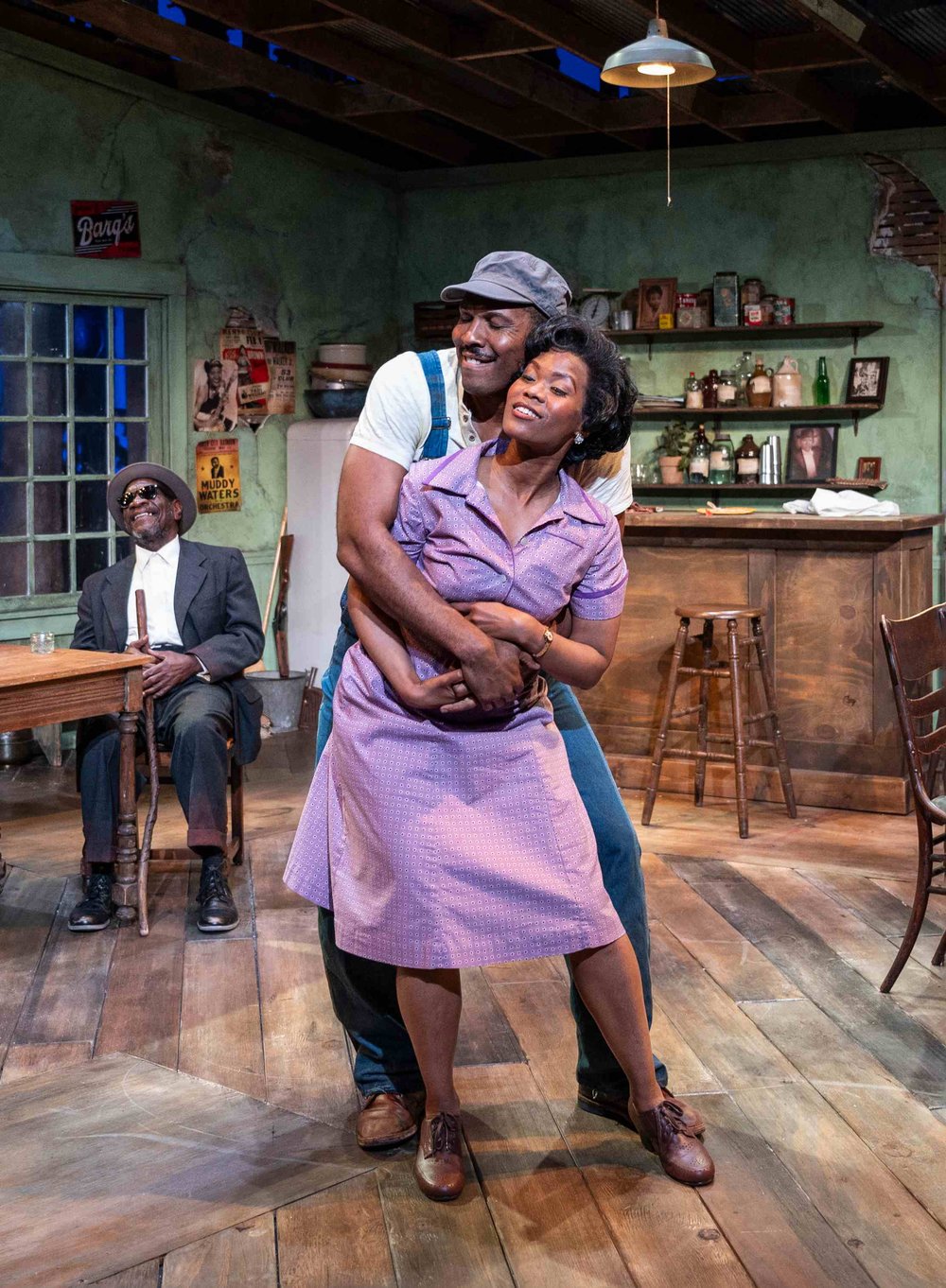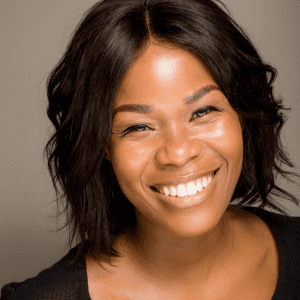We caught up with the brilliant and insightful Anji White a few weeks ago and have shared our conversation below.
Anji , thanks for taking the time to share your stories with us today When did you first know you wanted to pursue a creative/artistic path professionally?
So imagine you’re a parent, maybe watching TV or folding laundry in one room, when suddenly, from the kitchen, you hear your child—me, at about 6 years old—yelling and singing at the top of her lungs. Song after song, non-stop, for what feels like hours. I was that kid, putting on my best performance for a very inanimate audience: the microwave, the stove, and the fridge. Looking back now, I realize how annoying that must’ve been to my parents, especially in our one-bedroom, temporary living space.
I guess you could say I’ve been performing most of my life. As a toddler, my mom enrolled me in a baby pageant. Later came tap dance recitals, then runway modeling at a performing arts school.
But it wasn’t until I was 11 that I truly declared, out loud, to my mom: I’m going to be an actress. It’s funny—just recently, during rehearsals, my director asked us about our first experiences with theater. I remembered mine clearly: when I was a kid, my parents took me to see a play at the Goodman Theatre. It was my first time at a live performance. I sat there, waiting eagerly, until suddenly the lights dimmed and the stage lit up. The first person I saw take center stage was a Black woman. I was riveted, leaning forward, hanging on her every word and move. Then more Black actors joined her, moving in sync, telling a story with such confidence, grit, and projection. I was in awe. I couldn’t look away. It was the moment I knew—I wanted to do that.
Growing up, though I had a brother, I often felt like an only child, and I didn’t have many friends. So, I entertained myself a lot. I’d watch movies over and over, acting out entire scenes. It was fun, but looking back, I see how it was the beginning of my pull toward creativity and performance. I didn’t realize it then, but acting became my lifeline, my escape, my comfort, and my source of joy. I could step into someone else’s world and live their story. It fascinated me.
One of my best childhood friends also wanted to be an actress, so we made a pact at 12 or 13 that we would pursue this together. Of course, we had no clue where to start, but then high school came. In my first year at Queen of Peace High School, I auditioned for the fall production, Turning Corners, directed by Ms. AMG. And I booked it! I was part of the ensemble, but it wasn’t just acting—I also got to dance, step, and perform percussion beats. It was such a blast. The show was a success within the school, and people from outside organizations even invited us to perform at their events. The story was about teens coming of age, navigating identity, culture, and family expectations while finding their community and their voice. It was an awesome introduction to theatre.
My second audition, though, was for the spring musical The Sound of Music—and I didn’t get it. The rejection stung, and I swore off musicals after that. But in my sophomore year, my mom enrolled me at FieldCrest Performing Arts School on the south side of Chicago. I’ll admit, I wasn’t thrilled about the idea of modeling. It didn’t feel like performing to me, and I didn’t think I fit the model type. When I showed up for my first class, I was still in my school uniform with baggy sweats under my skirt, wearing beat-up 2-inch heels. I felt completely out of place. But I watched my peers—gorgeous young women with tall, lean bodies, some with long torsos, others curvy with a fierce walk. I observed them closely: their poses, pivots, and graceful turns. I learned how to walk, how to stand, how to enter and exit the stage. From that moment on, I committed to FieldCrest, spending three years there on Tuesday nights and Saturday mornings. I not only learned model techniques but also how to carry myself as a woman. I was transitioning from a teenager into a young adult, learning to hold my head up high after years of walking with it down. It felt like the beginning of breaking out of my cocoon.
After graduating from Queen of Peace, I attended the New York Conservatory for Dramatic Arts, where I trained for two years with a concentration in television and film acting. When I returned home, I continued my studies at Columbia College Chicago, where I met two incredible women who played pivotal roles in launching my career: Catherine Slade and Andy Dymond. Andy directed me in Columbia’s fall production of The Colored Museum, and later recommended me for an understudy role in the Congo Square production of the same show. Catherine Slade took me under her wing, connecting me with artists like Regina Taylor. Through Catherine, I met Ms. Taylor at a new works workshop she led for Columbia students. Later, I auditioned for her and booked another understudy role in her production.
From 2010 to today, I’ve worked as a performing artist, with each show teaching me new skills while helping me refine the ones I already had. Every production has been a learning experience, filled with talented collaborators who have shared their wisdom, lessons, and stories with me. And here’s the best part— the woman I first saw on that Goodman stage, the one who inspired me, was Karen Aldridge. Fast forward to today: I had the privilege of working alongside her as my sister in FX’s Fargo Season 4. Now, in 2025, I’m making my debut at the Goodman Theatre—the same stage where Karen Aldridge first inspired me. I’m playing Tedra in the Chicago premiere of Fat Ham, which runs until March 2nd.

For you, what’s the most rewarding aspect of being a creative?
The most rewarding aspect of being a performing artist is the ability to transform people from their seats. To have someone– who may be new to performing arts–sit and watch their first stage play and fall in love with theatre or a regular theatre goer being moved to their core at curtain call is everything to me.

What’s a lesson you had to unlearn and what’s the backstory?
It’s not so much a lesson I had to unlearn but moreso a belief I had to adopt. That belief is “What is for you is for you”. The industry I’m apart of is full of rejection. You get more NO’s than a yes. I remember there was an opportunity to do a reading for a play being workshopped. I was being considered for one of the roles. I read the script, loved it and felt I had to be a part of the workshop. Days go by and Im waiting and almost expecting to book. Then my agent reaches out saying casting went in a different direction. Man that stung. I remember crying out of frustration, feeling a deep loss and slightly beating myself up. I felt defeated. So much of what happens in this industry is out of one’s control. I decided that I would no longer allow my emotions be dictated by things out of my control. I’m a woman of faith and over the course of my 15 year career I had to walk closer with God, pray smarter and surrender to His will and plan for my career. He let me know that what’s for me is for me,


Image Credits
First headshot pic is by Joe Mazza


